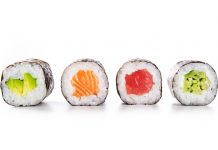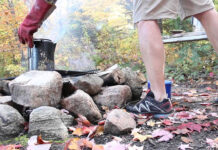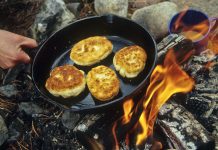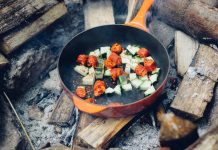Well-fed campers are happy campers. When you’re cooking at a campsite, your best approach is to prevent mistakes in the first place—not even hot sauce and cheese can make a charred lump of carbon palatable. Take the same pleasure and care in planning your meals as you do with your gear and route. Then use these simple tips to guide your cooking so you can enjoy your trip even more.
5 tips for backcountry cooking
1 Familiar territory
First and foremost, don’t try to learn a new recipe or technique while camping. Haven’t mastered the art of perfectly puffed soufflé or slow-cooked brisket? Now is not the time. Try your recipes at home using your camping gear to see if it works, how it tastes and whether you’ll be comfortable cooking it. A stressed-out chef casts a pall over a campsite.
2 Plan ahead
The first night out always seems to have far more tasks than time. Nobody likes cooking in the dark, and an awful first meal can set the tone for the trip. Prepare a meal at home you can reheat over a fire or on the coals for your first evening while you set up camp. Freeze a hearty soup or stew, or prepare a foil packet dinner by combining meat loaf, cooked potatoes and carrots with some onions and spicy tomato sauce.
Leave the complex and gourmet meals for mid-trip when time is a luxury. Save the simplest items for the last day, when breaking camp and traveling home will preoccupy mind and hands.
3 Manage your time
Cooking takes longer when outdoors. Fires and camp stoves burn less reliably than household equipment and are susceptible to the surrounding environment. Temperature, wind, altitude and rain are all factors that will change cooking times. To speed up cook times and avoid a pack of hangry campers, leave the lid on pots to allow the water to heat quicker. Consider one-pot meals rather than ones that require several pots and pans. Remember that small bits of food—whether noodles or diced veggies—cook quicker than large and dense pieces. Cook, then dehydrate rice to rehydrate at camp rather than cooking from raw, or simply rely on instant.
4 Follow instructions
Dehydrated meals often seem like an easy way to get food on the table, but if you rush the process and don’t allow the food to fully rehydrate you have a recipe for gut ache. Pack a measuring cup or mark volumes on a water bottle so you can be sure to use the right amount of liquid. Over-seasoning can also make a meal unpalatable, so if in doubt, under-season to start, taste-test as you cook and pack some dried herb blends, hot pepper flakes and salt to enhance flavor.
5 Stay engaged
A watched pot never boils, but an unattended pot will boil over. Whether using a burner or a fire pit, monitor the heat, and stir or turn the food when necessary. It’s the cook, not the equipment, who burns the outside and leaves the inside raw. Give your meal your undivided attention and reap the rewards—a full belly and compliments to the chef.
Jennifer MacKenzie and Jay Nutt are the culinary team behind The Complete Trail Food Cookbook.
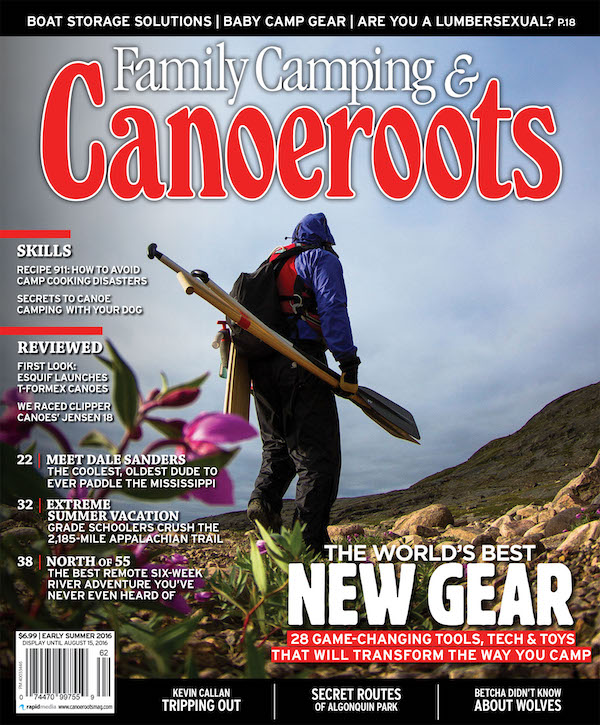 This article originally appeared in the Canoeroots Early Summer 2016 issue.
This article originally appeared in the Canoeroots Early Summer 2016 issue.
Subscribe to Paddling Magazine and get 25 years of digital magazine archives including our legacy titles: Rapid, Adventure Kayak and Canoeroots.




